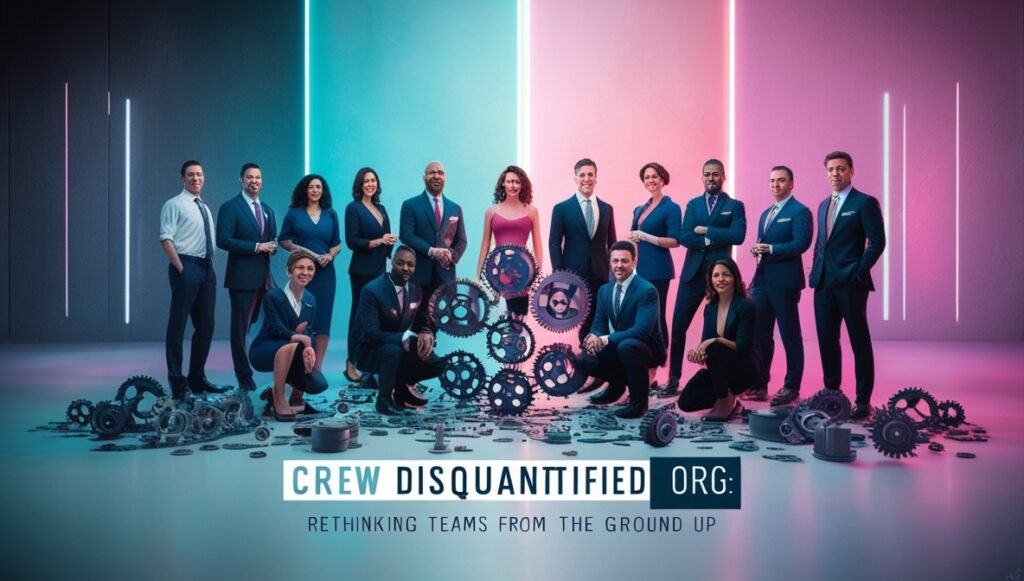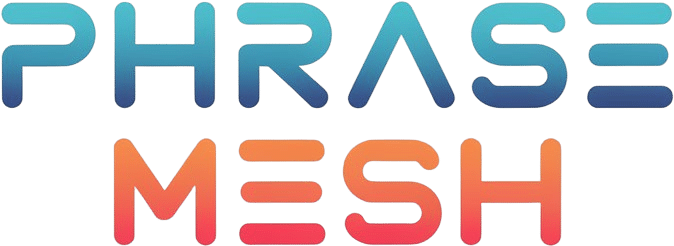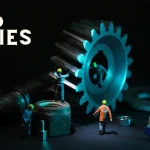Let’s be real. Most org structures out there feel like they were built in the 1800s and never updated. That’s where the idea of the Crew Disquantified Org walks in—barefoot, probably, and totally unapologetic. It’s not a trend. It’s a new way of thinking about teams, purpose, and how people actually want to work. Everyone’s stuck in silos. Roles are static. Performance gets measured by the weirdest metrics. And creativity? Usually buried under five layers of approval.
This isn’t about throwing out structure. It’s about evolving it to fit humans in the digital age. We’re talking flexibility, fluid leadership, and an end to obsessing over quantifying what doesn’t want to be quantified.
What Exactly Is a Crew Disquantified Org?
Imagine a team that isn’t built around titles or hierarchies. A group that assembles around missions, not departments. That’s the core of a Crew Disquantified Org.
It’s a network. Not a pyramid.
People move between roles. Decision-making is distributed. And contribution is tracked more by meaning and momentum than minutes and milestones.
At its core, this model:
- Ditches rigid job descriptions
- Prioritizes adaptability over predictability
- Encourages collective ownership
- Sees value in emergent behavior, not just planned output
A crew isn’t permanent. It’s contextual. And “disquantified” doesn’t mean unmeasurable—it means not limited to traditional measurement.
Where Did This Come From?
The whole thing is rooted in a few pretty radical ideas from systems theory, agile frameworks, and even stuff like holacracy and sociocracy. But it’s less theoretical than it sounds.
It grew out of a simple question: What if we trusted people more than processes?
Organizations that experimented with flat structures, squads, and cross-functional pods found something fascinating. When you stop trying to measure everyone the same way, performance doesn’t get worse. It gets better. People actually start showing up fully.
This model takes that idea and runs with it.
Breaking the Hierarchy: Why Traditional Structures Just Don’t Work Anymore
Let’s be blunt. Traditional org charts are mostly about control.
They’re good at scaling. But terrible at adapting.
In contrast, the Crew Disquantified Org flips it:
- Leadership is contextual and rotational
- Influence is earned, not assigned
- Information is shared horizontally
This kills bureaucracy dead in its tracks. And yeah, that’s scary for some folks. But in an environment where tech shifts overnight and markets pivot weekly, agility beats authority.
Quantification vs. Disquantification
Here’s the thing. Metrics aren’t evil. But overusing them? That’s where we get into trouble.
Quantification says: You are your number. Disquantification says: You’re a person, not a product.
That doesn’t mean tossing all data. It means using qualitative insights. Stories. Reflections. Peer feedback. Emotional signals. Things like:
| Metric | Quantified Approach | Disquantified Approach |
|---|---|---|
| Productivity | Hours worked | Outcome quality + team trust |
| Performance | Quarterly ratings | Continuous peer feedback |
| Collaboration | Meeting attendance | Real impact on project flow |
This model demands new languages for performance. That’s not fluffy. It’s future-proofing.
How to Actually Build a Crew Disquantified Org

You can’t just slap a label on a team and call it done. This takes serious intentionality.
Here’s how you do it:
1. Audit Your Current Structure
Look for bottlenecks. Who’s gatekeeping decisions? Who never speaks in meetings? Those are red flags.
2. Build Crews Around Missions
Ditch fixed roles. Assign people to projects based on energy, not just expertise. Let them opt-in.
3. Rotate Leadership
Let leadership flow naturally. Don’t force it from above. Whoever’s closest to the problem, leads.
4. Drop Rigid KPIs
Replace them with directional goals. Allow teams to define what success looks like—together.
5. Prioritize Psychological Safety
People need to feel safe to be messy, real, human. That’s where creativity lives.
Case Study Time:
Startup Alpha (name changed) adopted this model in 2022. Within 6 months:
- Time-to-market dropped by 34%
- Employee engagement rose 51%
- Team churn went down by half
Not magic. Just people working like people.
What’s In It for You? The Benefits Are Wild
Honestly, the wins are massive. When you stop micromanaging and start trusting people, things move.
Faster Adaptability
Teams reorganize on the fly. You don’t need six approvals to shift strategy.
Real Innovation
Disquantified crews are hotbeds for experimentation. They try weird stuff. It works.
Better Use of Talent
People don’t get boxed in. A developer might lead design. A marketer might own ops. It’s fluid.
Leaner Costs
You lose the fat. Meetings shrink. Middle-management layers get repurposed. Ops streamline naturally.
Here’s a quick comparison:
| Traditional Org | Crew Disquantified Org |
|---|---|
| Departmental Silos | Cross-functional crews |
| Role-based tasks | Mission-based assignments |
| Top-down control | Distributed authority |
But It’s Not All Rainbows: The Tough Bits
Alright, deep breath. This model isn’t all good vibes and sticky notes.
Cultural Resistance
People love titles. They like knowing who’s boss. You’ll hit friction.
Measurement Anxiety
Without KPIs, how do you prove value? You’ll need new storytelling muscles.
Coordination Overhead
Fluid systems require active coordination. Without it, things fray. Fast.
So you’ll need to invest in:
- Transparent communication tools
- Rituals that create alignment
- Light-weight governance
It’s like jazz. You need structure, just not sheet music.
Where It’s Going: The Future Is Already Here
The Crew Disquantified Org isn’t static. It’s evolving, right now.
AI-Driven Crew Formation
Tools like Glean or Mosaic are starting to build teams based on skills + vibe, not org charts. That’s wild.
Hybrid Structures
Some orgs mix squads with traditional layers. It’s not purist, but it works.
Feedback as Fuel
Next-gen tools now use emotional data, sentiment tracking, even journaling to feed performance insights. Welcome to the soft-data revolution.
Quote to hang onto:
“The smartest thing we did was stop asking, ‘Who’s in charge?’ and start asking, ‘Who can help?’” — COO, post-transition org
Final Thoughts: Do You Dare to Ditch the Old?
This model isn’t for the faint-hearted. It’ll make some folks uncomfortable. It demands vulnerability. Creativity. Trust.
But if you’re building for the future—not the past—Crew Disquantified Org is worth the leap.
You’re not managing resources. You’re unleashing humans.
And that? That’s the game-changer.





